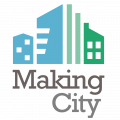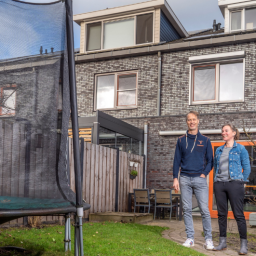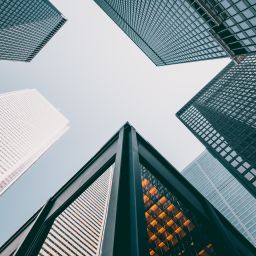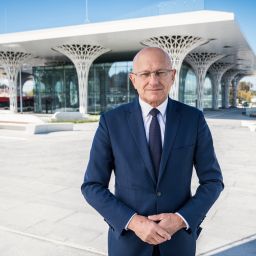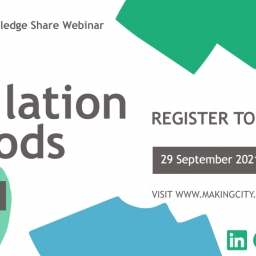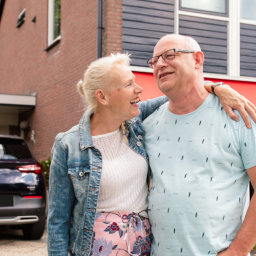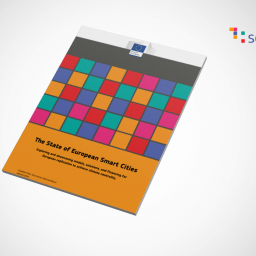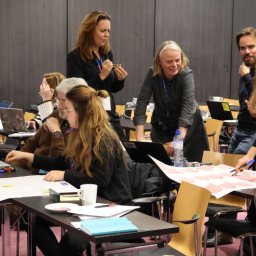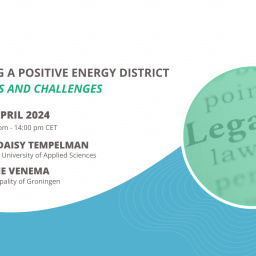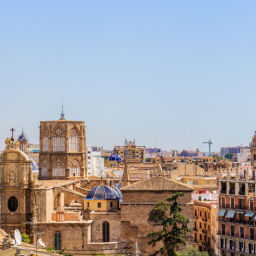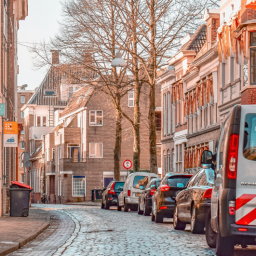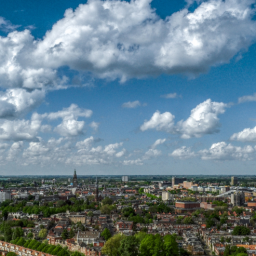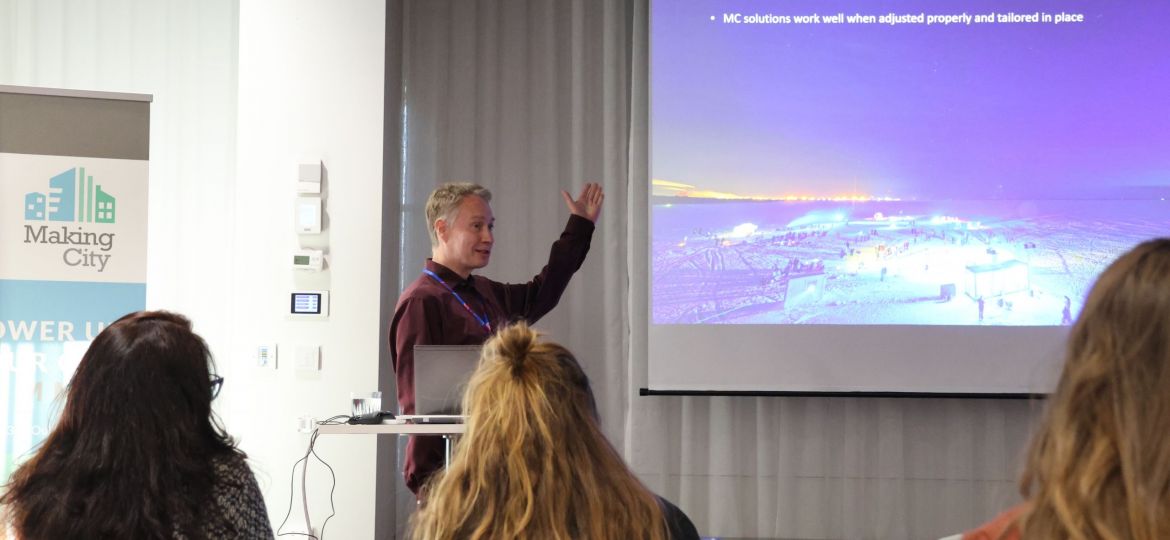
This success story is part of a series published within the MAKING-CITY project. The series aims to showcase the experiences of key stakeholders within the project. In this story, we learn about Samuli Rinne and his work as project leader for the MAKING-CITY lighthouse city Oulu.
TELL US A LITTLE BIT ABOUT YOURSELF.
My name is Samuli Rinne. I’m a MSc, Energy. My main topic was first large-scale wood energy, later system-level issues. My home is in Jyväskylä, where we have a bit « energetically experimental » detached house, for the time it was built. In Oulu I live in a self-built camper truck. Museum activities, photography connected to that and cycling around the year are something I like to do.
As an R&D and art-orientated person, I am more concerned with technical matters in the project. I am very grateful that there are people who help me with organisational issues.
HOW DID YOU FIRST ENCOUNTER THE CONCEPT OF POSITIVE ENERGY DISTRICTS?
In Making-City project, as such as it is here. Generally, the aim for low consumption and covering the rest with renewables in a certain area is a familiar topic from the basic sustainability thinking. My early interest, wood energy, is in fact a solution of « Positive Energy Region », which we are discussing also now.
WHAT FACTORS LED TO OULU BEING CHOSEN AS ONE OF THE LIGHTHOUSE CITIES FOR THE MAKING-CITY PROJECT?
There were suitable people thinking about this kind of issues, for example Sari Hirvonen-Kantola (Univeristy of Oulu), Sari Matinheikki (City of Oulu), Klaus Känsälä (VTT) and Reijo Pantsar (Oulu Energy). They had a vision and ways to promote it in practice. Also I’d guess that the zeitgeist was and is on our side, what comes to the energy solutions and need for urban renovation.
IN WHAT WAYS DOES the making-city project contribute to oulu’s city vision and goals for carbon neutrality?
Oulu Energy (OE) plans are well considered in Making-City and vice versa, the solutions in the project contribute well to the diversified production plan of OE. What comes to heating, reducing the consumption and covering the rest with the different kinds of residual heat is the idea in the nutshell. You can read more about it in the success story on Oulu Energy.
WHY WAS THE KAUKOVAINIO DISTRICT CHOSEN AS THE DESIGNATED AREA FOR POSITIVE ENERGY DISTRICT DEVELOPMENT?
It was in the need for renovation. There are many basically similar suburbs in Finland, so the experiencs have a wide replication potential. Also the existence of solution-oriented actors is crucial for progress.
WHAT HAS THE IMPACT BEEN ON THE LOCAL COMMUNITY AND STAKEHOLDERS?
The solutions chosen provide green and affordable energy to the local community, which can be reflected in housing prices and overall desirability of the area. During the duration of the project energy awareness has risen significantly and the public demands innovative solutions. In a grander scheme these solutions help Oulun Energia in implementing a totally renewable and optimized city-wide energy solution in the future.
WHAT OBSERVABLE IMPACTS HAVE BEEN NOTED, BOTH ON A TECHNICAL LEVEL AND WITHIN THE LOCAL COMMUNITY AND AMONG STAKEHOLDERS?
In technical level many, like the extended heat sourcing from waste and otherwise renewable energy streams. No at least negative effects are seen on everyday life, which was our target also. When people know what we are doing and why and the prices does not increase (more than they normally do), the solutions are well accepted.
HOW DO YOU ENVISION THE REPLICABILITY OF THE PED IMPLEMENTATION IN OTHER PARTS OF OULU?
The technologies implemented in the project have already been replicated in the city. We for example have installed a similar heat pump system in Karjasilta, which will provide green energy and cooling to more than ten apartment buildings. We have also further cooperated with Arina and we have equipped two supermarkets with an improved heat pump concept, which can produce up to 4 GWh of heating each to our district heating network.
In your opinion, how feasible is the replication of MAKING-CITY’s Positive Energy District in other parts of Oulu or even Finland?
Very feasible, when considering also which is suitable context for it and its limits. PED in the cold Finnish conditions is more PER, a region, but with that note, it is well replicable. Local energy sources and tolerable energy use can together make nearly energy self-sufficient region possible.
IS THERE ANYTHING ELSE THAT YOU WOULD LIKE TO SHARE?
An hourly scenario analysis for energy production and consumption is good to have from the very beginning of this kind of projects, to have a some kind of reality study. Energy must be supplied all the time. Also some idea of the cost is required. On the other hand, these must not limit the creativity. Other point, when the emissions from direct energy use go to zero, the relative importancy of impacts from material production and further the urge for long-lasting structures becomes essential.
